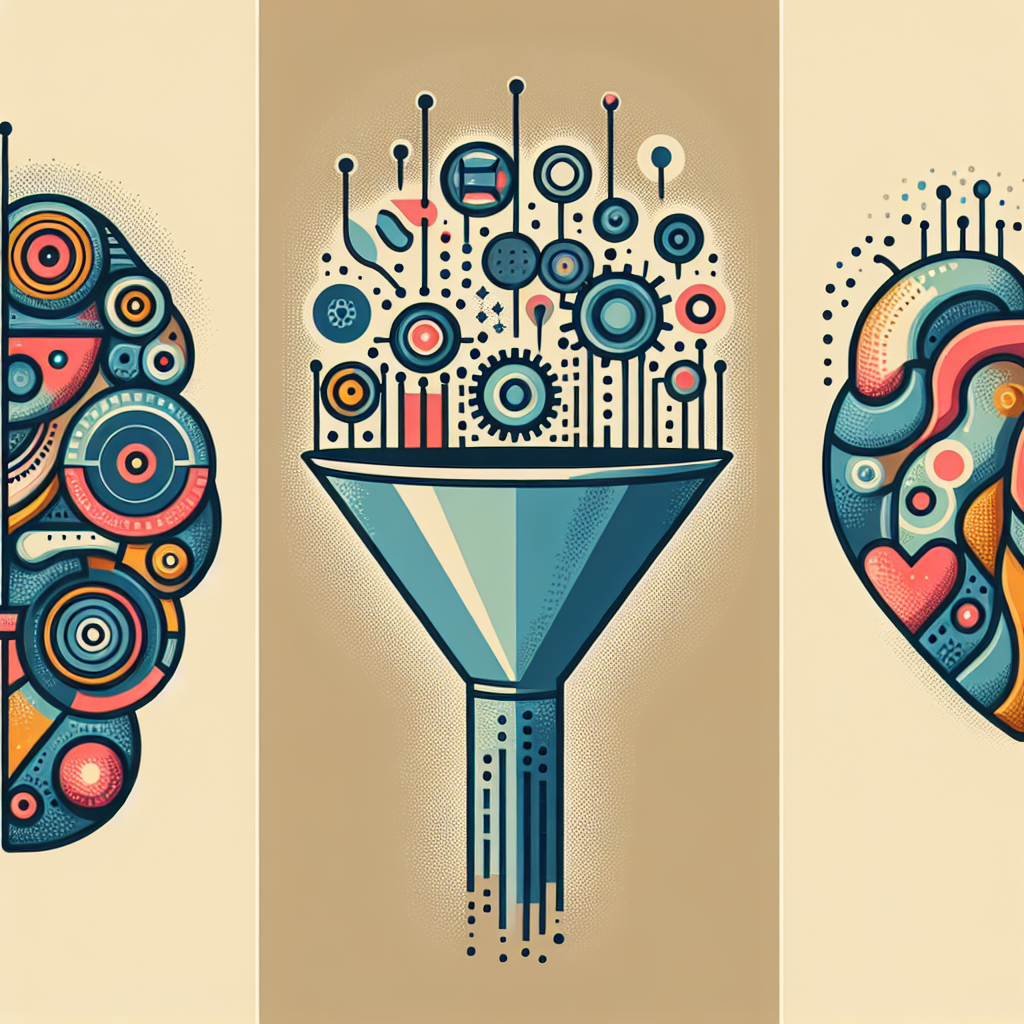Artificial Intelligence (AI) has become a game-changer in almost every aspect of our lives, including the way we interact with technology, make decisions, and even how we give back to society. In recent years, AI has had a significant impact on donor behavior and giving patterns, revolutionizing the way individuals and organizations approach philanthropy.
AI has the ability to analyze vast amounts of data, identify patterns, and make predictions based on this information. This has enabled organizations to better understand the needs and preferences of donors, leading to more targeted and personalized fundraising campaigns. By leveraging AI, nonprofits can segment their donor base, tailor their messaging, and optimize their fundraising strategies to maximize donations.
One of the key ways AI has influenced donor behavior is through predictive analytics. By analyzing donor data, AI can predict which donors are most likely to give, how much they are likely to donate, and when they are most likely to donate. This allows organizations to focus their efforts on cultivating relationships with high-value donors and strategically timing their fundraising appeals.
AI has also transformed the way organizations communicate with donors. Chatbots, powered by AI, can provide instant responses to donor inquiries, offer personalized recommendations, and even assist with donation transactions. This real-time interaction enhances the donor experience and can lead to increased engagement and donations.
Additionally, AI has made it easier for organizations to identify and reach out to potential donors. By analyzing social media data and online behavior, AI can identify individuals who are likely to support a particular cause and target them with relevant messages. This targeted approach can significantly increase the effectiveness of fundraising campaigns and expand the donor base.
Moreover, AI has the potential to revolutionize the way organizations measure the impact of their fundraising efforts. By analyzing data on donor behavior, AI can provide insights into the effectiveness of different fundraising strategies, allowing organizations to optimize their campaigns for maximum impact.
However, despite the many benefits of AI in philanthropy, there are also concerns about the ethical implications of using AI to influence donor behavior. Some critics argue that AI could be used to manipulate donors or infringe on their privacy. Organizations must be transparent about how they use AI and ensure that donor data is protected and used ethically.
Overall, the impact of AI on donor behavior and giving patterns is undeniable. By leveraging AI technology, organizations can better understand their donors, tailor their fundraising strategies, and ultimately increase donations. As AI continues to evolve, it will be interesting to see how it shapes the future of philanthropy and drives positive change in society.
FAQs:
1. How does AI analyze donor behavior?
AI analyzes donor behavior by collecting and analyzing data on donor interactions, preferences, and giving history. By identifying patterns in this data, AI can predict donor behavior and help organizations tailor their fundraising strategies.
2. How can organizations use AI to increase donations?
Organizations can use AI to increase donations by analyzing donor data to identify high-value donors, segmenting their donor base, tailoring their messaging, and optimizing their fundraising campaigns based on AI insights.
3. Are there ethical concerns about using AI in philanthropy?
Yes, there are ethical concerns about using AI in philanthropy, including the potential for manipulation of donors and infringement on privacy. Organizations must be transparent about how they use AI and ensure that donor data is protected and used ethically.
4. How can organizations ensure that donor data is protected when using AI?
Organizations can ensure that donor data is protected when using AI by implementing robust data security measures, obtaining consent from donors before collecting their data, and following best practices for data privacy.
5. What are some examples of AI technologies used in philanthropy?
Some examples of AI technologies used in philanthropy include predictive analytics, chatbots for donor communication, social media analysis for donor targeting, and impact measurement tools for evaluating fundraising campaigns.

